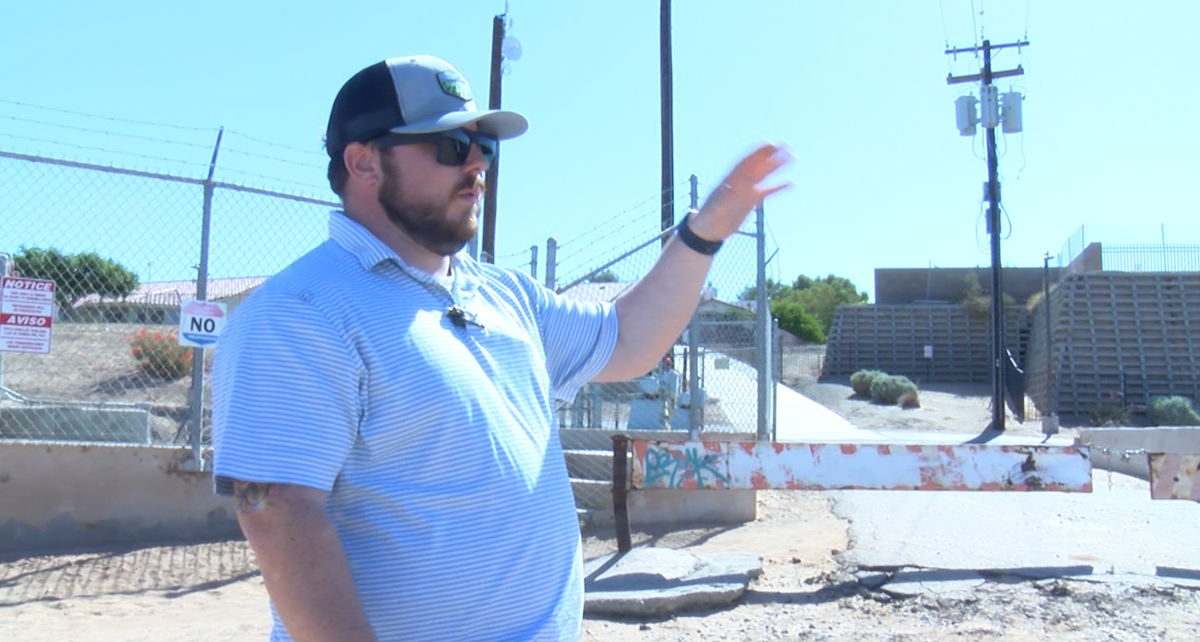How Colorado River water gets to Yuma farms
FOX 9's Adam Klepp spoke to the Yuma County Water Users Association about the process to make sure farmers get the water they need when they need it.
Yuma, Ariz. (KECY, KYMA) - Getting river water to local farms is not a simple process but it's one that happens every day at the Yuma County Water Users Association offices.
Inside the water operations room, dispatchers like Mikey Williams receive water orders from local farms.
The computer software tracks everything in the valley, giving the association real-time stats on everything from water elevation to gate operations.
It’s called “SCADA”, standing for Supervisory Control and Data Acquisition.

Power Manager Charles Cowan says it’s state of the art agriculture technology and helps the Association make sure not even a drop of water is wasted especially as the southwest experiences severe drought conditions.
"The level of technology in our system allows us to be as precise as possible in how much water is in our system and how much is being delivered,” Cowan said.
While the technology is essential, dispatchers monitoring from the operations room need assistance from workers in the field to make sure everything is running smoothly.
“If something breaks out in the field, I can’t see that. So they’ll call me from out in the field and take the water out,” Williams said.
Those field workers are called ditch riders like Darren DeBoard.
DeBoard has been ditch riding for 8 years, working with local farms to complete the water delivery process.

Every workday deboard drives throughout Yuma County, checking on water levels, ensuring farmers get the water they require.
"We need this water to feed the country and farmers need it to make a living,” DeBoard said.
Deboard says the work is stressful at times for everyone involved but at the end of the day they get a great sense of pride from their part in the growing process.
"To get calls from friends across the country that say hey I got lettuce from Yuma, it’s a great sense of pride and accomplishment to see that field go from dirt to a crop,” DeBoard said.
